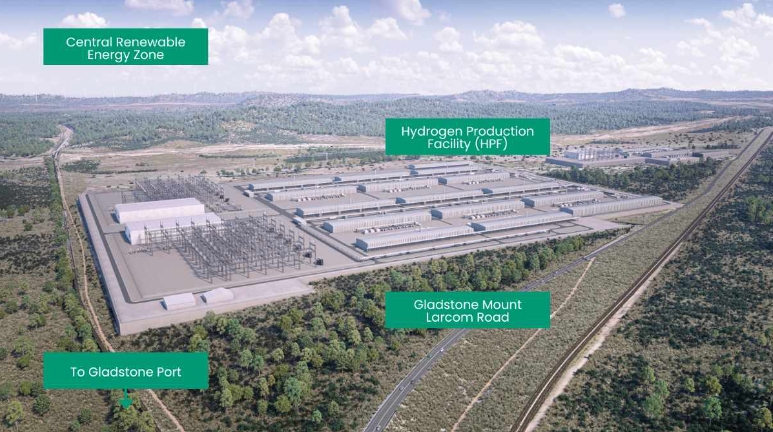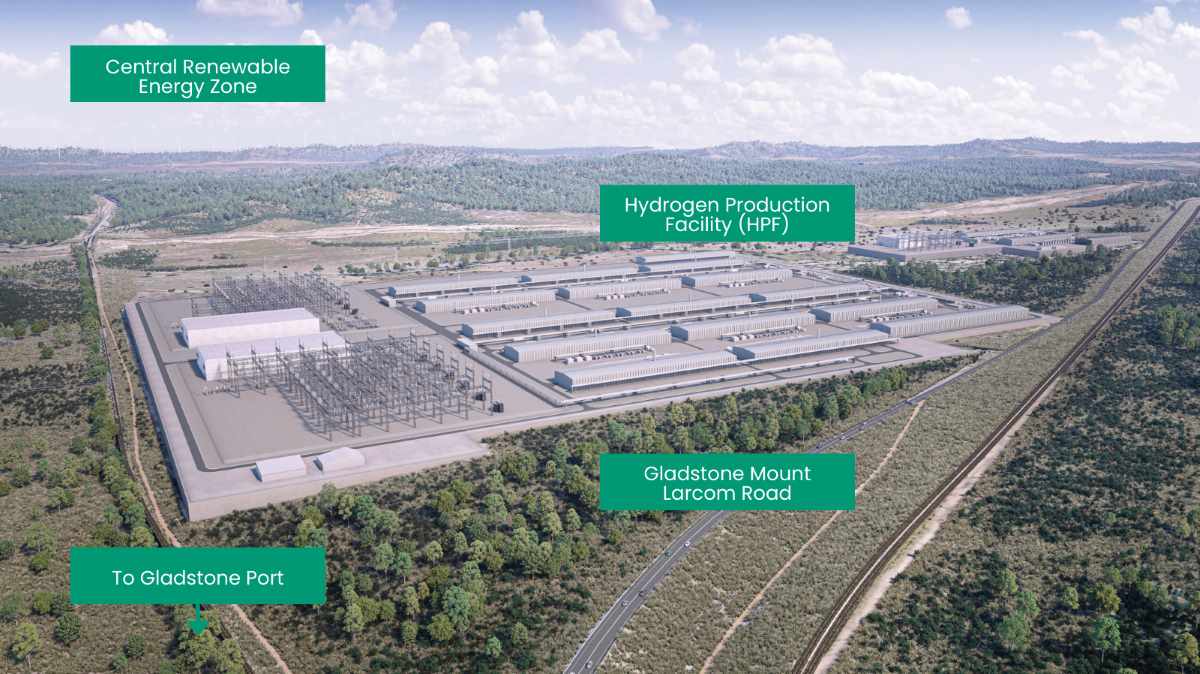
The project will be led by the Stanwell Corporation – a Queensland government owned energy company, who is matching the government’s investment – making the total $138 million.
“Renewable hydrogen will play a big role in our path to net zero, helping cut emissions in hard-to-abate sectors, and the manufacturing of green metals and other products the world needs,” said Minister for Climate Change and Energy Chris Bowen.
“Central Queensland is an energy export powerhouse and has helped keep the lights on for decades, and as global markets shift – it can reap the benefits of new industries like hydrogen too.”
The project needs a hydrogen electrolyser, pipeline and an area for underground hydrogen storage, as well as connections to solar farms in the area.
The current timeline has construction commencing early next year, and the project operational by halfway through 2027.
Australia’s “biggest” green hydrogen project given $69m in new round of funding
Jacinta Bowler 26 October 2023 0
ShareTweetThe federal government has announced it will invest $69.2 million to develop the 2.2GW Central Queensland Hydrogen Hub (CQ-H2), described by the state government as the biggest green hydrogen project in the country.
The project will be led by the Stanwell Corporation – a Queensland government owned energy company, who is matching the government’s investment – making the total $138 million.
“Renewable hydrogen will play a big role in our path to net zero, helping cut emissions in hard-to-abate sectors, and the manufacturing of green metals and other products the world needs,” said Minister for Climate Change and Energy Chris Bowen.
“Central Queensland is an energy export powerhouse and has helped keep the lights on for decades, and as global markets shift – it can reap the benefits of new industries like hydrogen too.”
The project needs a hydrogen electrolyser, pipeline and an area for underground hydrogen storage, as well as connections to solar farms in the area.
The current timeline has construction commencing early next year, and the project operational by halfway through 2027.
The project is going to be built in stages. It will first install up to 640 MW of electrolysers, which can produce up to 200 tonnes of green hydrogen per day by 2028.
After ramping up, the government suggests the hub could produce up to 292,000 tonnes of hydrogen a year (or 800 tonnes per day) by 2031.
The hydrogen will be liquified or turned into ammonia, and sent overseas to Japan, China, Korea or Singapore to be used in their markets.
According to energy experts, hydrogen will be useful in certain areas of industry, such as making steel and fertiliser, as well as for use in long-haul jet aviation and shipping – particularly in areas where it’s harder or impossible to use electricity or batteries.
The CQ-H2 project itself seems to be starting to heat up in recent months.
Yesterday, Stanwell Corporation announced it had signed a long term off-take agreement for the 380 MW Aldoga solar farm, while last month, the Front End Engineering Design work appointment was approved.
“This is a critical time for Queensland, as new industries emerge at rates not seen since the industrial revolution, driving growth and prosperity in the regions,” says Queensland Minister for Energy, Renewables and Hydrogen Mick de Brenni.
“We know Queensland hydrogen is a global game changer in slashing carbon emissions in hard-to-abate sectors, including major industry, heavy haulage, shipping and aviation, while fast tracking new industries and jobs.
“Thanks to Queensland’s combination of abundant natural resources and clear policy framework supporting green hydrogen, it’s estimated the industry will be worth $33 billion by 2040, boosting our economy, supporting jobs, and helping decarbonise the world.”